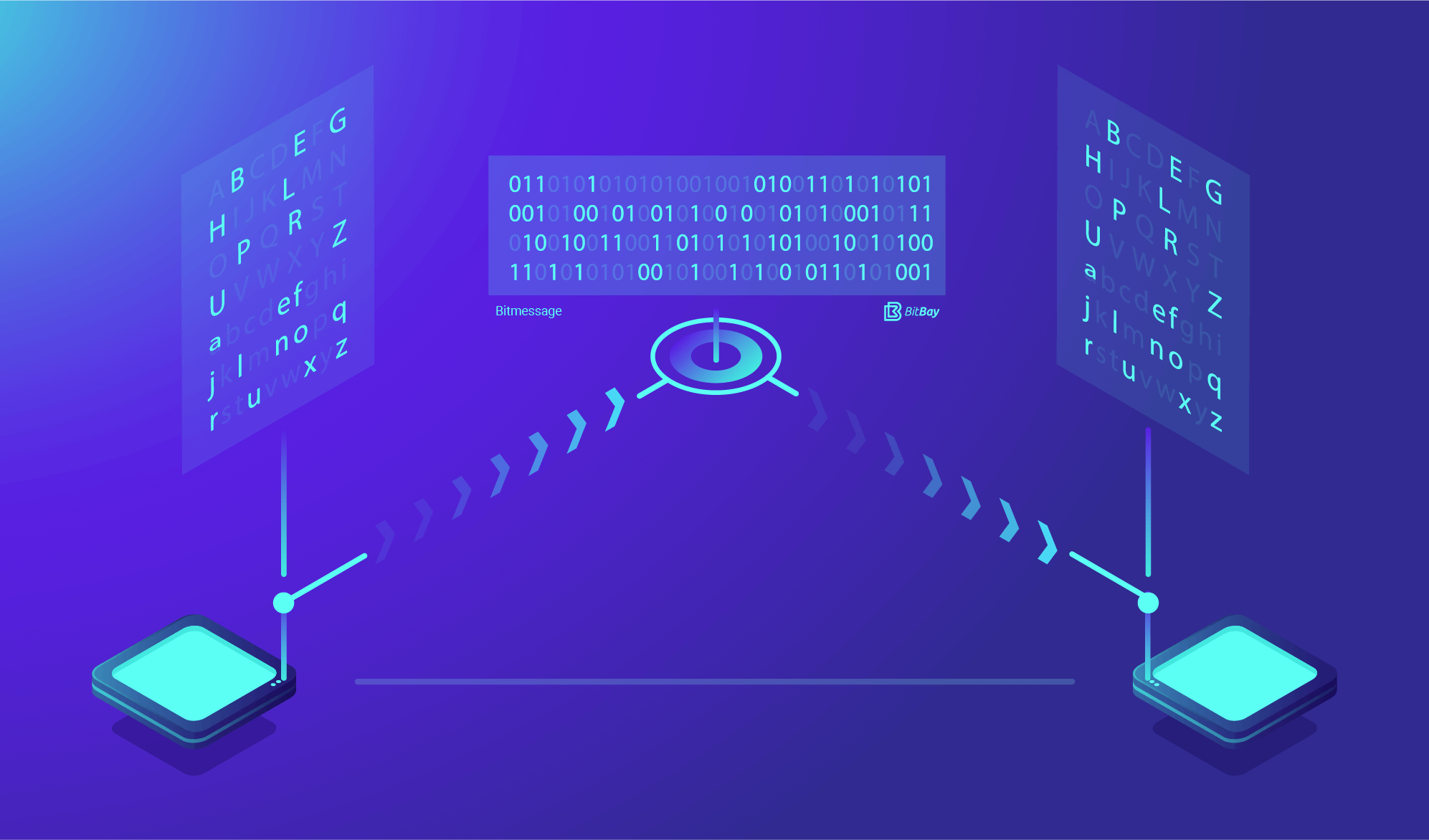
We live in a crazy world.
The global population is surging well past 7 Billion people and it may feel like our personal information is becoming increasingly difficult to keep private. For many of us - that lack of privacy is unfortunately much more than a feeling.
It is a reality.
Our personal (and financial) information gets spread throughout the internet around the clock. Every social media platform, messaging app, online merchant, financial institution and other outlets can be a “one-stop shop” for shady characters to break in and hijack our identities.
Underneath all of those outlets, however, is one aspect that ultimately propagates this vulnerability. A root of the problem so to speak. That layer is centralized communication.
It is both the place and the method of our personal information storage which ultimately creates such a security weakness.
It is also a weakness that grows with the scale of the network’s growth. When a large company stores 100 + million people’s information on a central server, it becomes a MASSIVE honeypot for hackers. So far, the only proven method for guaranteeing that a thief cannot steal everyone’s data is decentralization. This is why BitBay’s entire platform (minus its Proof of Stake 3.0 blockchain transactions) has been built upon a unique protocol called BitMessage.
So what exactly is Bitmessage?
BitMessage is a decentralized communications protocol. Similar to Bitcoin, it uses a proof of work (PoW) system to encrypt and randomize your information. Instead of sending coins (like Bitcoin), Bitmessage allows you to send private and encrypted messages - making it a highly secure alternative to email.
Let’s take a quick look at some basic steps to illustrate how BitMessage works:
- Alice writes a message for Bob. Automatically, her public key and private key signature are attached, proving that the message is from her. It’s also encrypted with Bob’s public key. This ensures that only Bob can open, read, and see who originally sent it.
- Next, the message is sent out including a timestamp, and a proof of work (PoW) from Alice.
- Alice’s message is then sent to a pool containing every encrypted message on the Bitmessage network. Each Bitmessage user (node) has a copy of each of these messages, but cannot read them or see where they came from. This effectively randomizes all of the messages into one giant melting pot.
- To receive his message, all Bob needs to do is connect his Bitmessage client to the network, and download all of the messages. Once he sees that there is a message with his own public key attached, he can then open it with his own private key and read what Alice wrote.
At this point you might be thinking, this is WAY too complicated!
Fortunately, the entire Bitmessage process is fully automated, and all of these above steps are completed behind the scenes. The only noticeable difference from sending a traditional email is that each message takes a slightly longer amount of time to reach the sender.
As you can see, the Bitmessage system offers MASSIVE value for those who want to maintain their privacy and protect their personal information from hackers. When combined with a TOR rooting, Bitmessage becomes a very powerful platform.
So how does this affect BitBay’s usable features?
As we know, BitBay was built almost entirely on the Bitmessage network. You could say that it is technically a “modified” version of it. Everything except for the actual Proof of Stake 3.0 based blockchain transactions and dynamic peg voting system (stablecoin) are run through Bitmessage. This means that every single one of BitBay’s smart contracts, chat messages, marketplace items, reputation system, and multi-signature features are encrypted and randomized “as messages” sent through the Bitmessage network.
Yet another awesome characteristic that BitBay assumes from Bitmessage is scalability.
While many other crypto projects record and store all of their data on the blockchain, BitBay does not. This allows the BitBay blockchain to scale, without experiencing “chain bloat” problems after a short period of substantial growth. A noticeable difference between BitBay and Bitmessage is that BitBay only makes a user download the data of the “channel” that they are using. By default, these channels include the marketplace, contracts, and messages within the BitBay Client.
What about scaling Bitmessage? What happens if each user/node has to download billions of messages just to keep up?
Whilst growth of this magnitude has yet to happen, there is a great strategy which can be used for such an event. It’s accomplished through separating each user/node into what is a called a “stream”. Each stream contains a capped number of users, which also only contains a capped number of messages. Each stream, or layer, is connected to the one above and below it, permitting each stream to interact with other streams. This ensures that the right users receive the correct messages, without having to download the entire pool of messages. This, in combination with other techniques such as “trusted peers”, will allow Bitmessage (and therefore BitBay) to scale appropriately.
Here at BitBay, we are determined to improve your individual privacy and security. With built-in Bitmessage, TOR, steganography, multisig wallets, timelocks, cold-staking, and an anti-keylogger, BitBay is setting the bar for a fully secure and decentralized economy.
Completely peer-to-peer, private, and without middlemen.